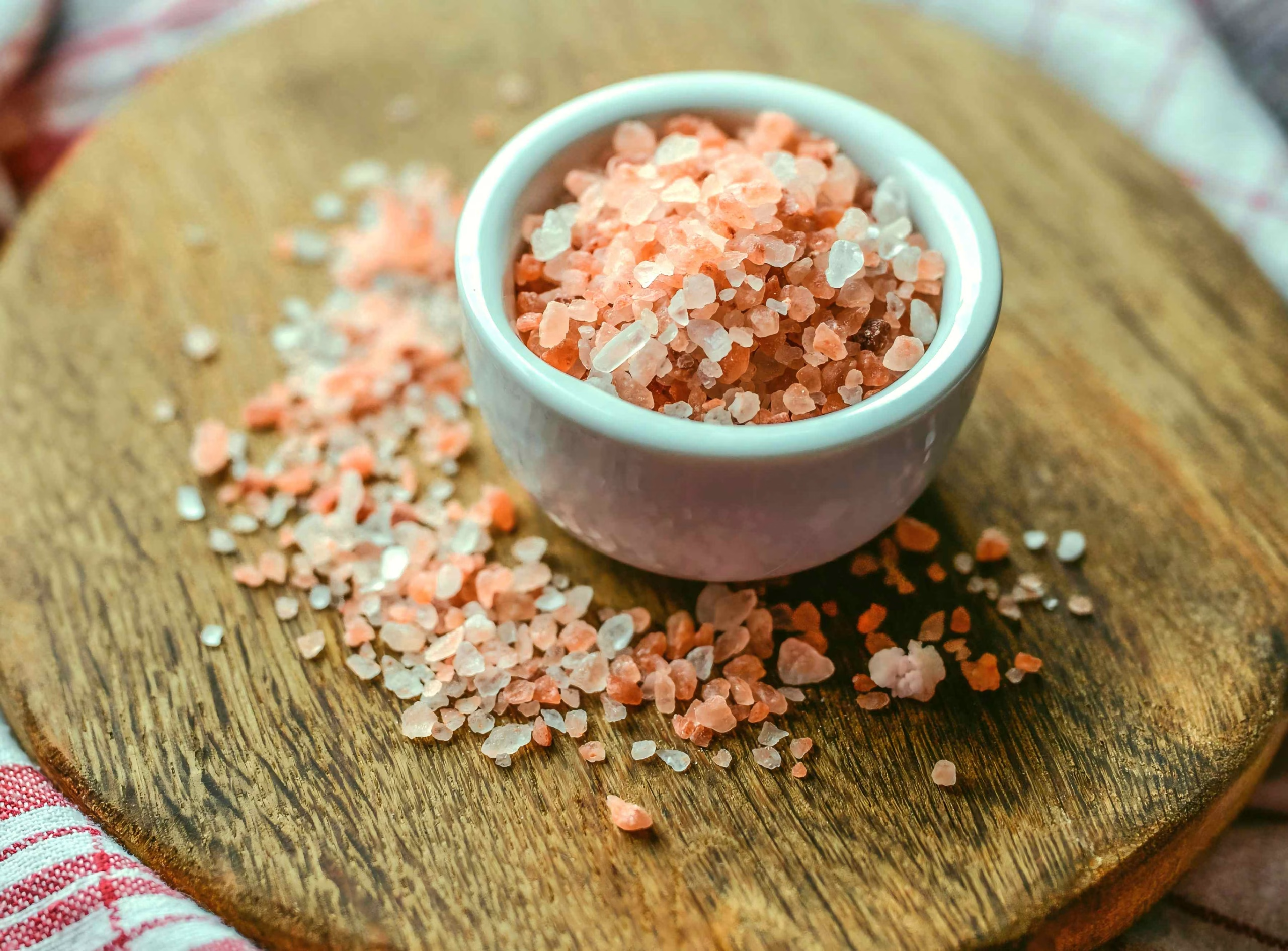Adding salt first or last during seasoning has different effects on ingredients. Furthermore, salt also helps remove moisture from ingredients. These different usage methods require consideration of different timings. What other benefits does salt have, and when is it best to add it?
When using salt, consider both timing and quantity.
Now that you know how much salt you need, you can actually start cooking.
Before doing this, it’s important to understand that, in addition to adding saltiness to ingredients, salt also has another important function: it uses differences in osmotic pressure (the force that causes two liquids of different concentrations to reach the same concentration when they penetrate each other) to release moisture from ingredients.
By effectively utilizing this, you can enhance flavor, remove excess moisture, and eliminate fishy odors.
Conversely, if you don’t want your ingredients to release moisture, you need to consider the timing and method of adding salt.
By understanding the role of osmotic pressure, you’ll know when and how much to add salt when cooking soups, curries, stews, salads, and salads. Therefore, it’s best to memorize these rules.
When Cooking Soups, Curries, or Stews
To Prevent Ingredients from Melting → Add Salt First
Adding salt to the broth first allows the vegetables to release their water, firming up their texture and preventing them from becoming mushy during cooking. For example, when making stews or soups with root vegetables like oden or ragout, adding salt first can improve the appearance of the finished product.
To Melt Ingredients → Add Salt Last
If you don’t add salt during stewing, the heat will damage the cell walls of the vegetables, making them more mushy. Therefore, when cooking dishes like curry and soups where you need to cook until the ingredients are melted or pureed, remember to add salt last.
When Making Salads or Cold Dishes
To Remove Water
Sprinkle a Lot of Salt → Remove a Lot of Water
When making dishes that require a thorough removal of water, such as pickled radish, it’s crucial to use a generous amount of salt (approximately 2%). Some people may worry that adding too much salt will make the dish too salty, but there’s no need to worry, as the salt will eventually be removed along with the water.
Sprinkle a Small Amount of Salt → Remove a Small Amount of Water
When making dishes that require only a moderate amount of water removal, such as shredded cabbage, a smaller amount of salt (approximately 1%) is not necessary. When the ingredients slightly sweat, the released water actually enhances the flavor of the dish.
To Retain Water
Salt Last
To enjoy the crisp texture of vegetable salads or cold dishes, the key is not to sprinkle salt directly on them. Instead, add oil first, allowing the vegetables to be coated with oil before adding salt. This will maintain the freshness of the dish.
Tossing with Oil
Another way to maintain crispness is to emulsify the oil or vinegar with salt before pouring it over the vegetables. That is, use the method of making a sauce, through stirring, so that the salt is actually coated with oil, and does not directly contact the surface of the vegetables.


Leave a Reply